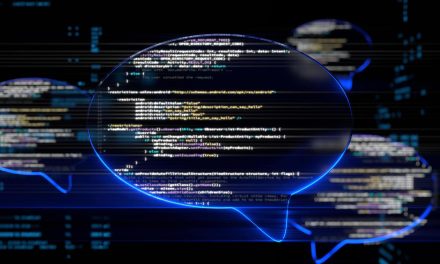Threat actors are weaponizing hyper-connectivity with new adversarial strategies and tactics, and their digital transformation is as awesome as their victims’.
Did you know that healthcare organizations in 2019 were more likely to pay ransoms than other industries due to the critical nature of the targeted data? Or that attacks against government entities can have cascading effects that not only impact critical national infrastructure, but also impact individuals via the leaked personally identifiable information?
An annual report of cyberthreats released this year by BlackBerry Limited has revealed these and other latest adversarial techniques and tactics employed by threat actors. Key findings include the continued evolution of nation-state backed threat actor groups, the increased availability of sophisticated attack toolsets, as well as expert analysis on which targets are becoming more appealing to attackers and why.
The report also details more select threats focused on targets like embedded technologies in connected vehicles, manufacturing and mobile devices, and those taking advantage of misconfigurations in cloud computing deployments.
Said Eric Cornelius, Chief Technology Officer at BlackBerry Cylance: “New techniques to obscure malicious payloads and distribute attacks across multiple organizations paid off for threat actors in 2019. With the increasing ease of access to attack toolkits combined with the explosion of endpoints connected to organizations’ networks, the global threat landscape for emerging threats will only continue to escalate in 2020.”
Some interesting findings:
- Automotive and retail Industries should brace for more threats
The search to find and exploit vulnerabilities in the expanding attack surface has caused a shift in the industries most often targeted by malicious actors, particularly towards the automotive sector. For example, the researchers discovered new backdoors being deployed by APT group OceanLotus (APT 32) in a 2019 campaign targeting multinational automotive manufacturers. As more vehicles become connected—and the attention given to potential outcomes of cyberattacks on vehicles increases—attacks against this sector are anticipated to grow. As such, the industry must continue investing in cybersecurity processes and secure connected software to ensure public trust in the transportation technologies of the future.
- Coinmining attacks become more commonplace: Criminals have recognised an opportunity to passively generate revenue by infecting cryptocurrency machines.
- MSSPs are becoming high-value targets for threat actors: New ransomware called Sodinokibi has caused mass disruption by infiltrating hosted environments.
- Data loss is increasing because of cloud misconfiguration: Misconfigured cloud resources led to a total of over seven billion records being publicly exposed in 2019. This number is only expected to increase with cloud investments estimated to reach US$49.1 billion in 2020.
- Continued evolution of ransomware tactics: An increased availability of Ransomware-as-a-Service (RaaS) offerings, and instances where ransomware developers have collaborated with banking trojan developers to exfiltrate data prior to encryption, are being used to further extort victims.
- Increased use of host-encrypted malware: Static analysis of host-encrypted malware is almost impossible in a lab, decreasing defenders’ understanding of the malicious code and the ability for security solutions to block it.
Additionally, the report’s researchers revealed that retail and wholesale remained the most targeted sectors, where almost a quarter (23%) of all retailers suffered a compromise of sensitive financial information. Three of the most prevalent threats of 2019—Emotet, Ramnit and Upatre—all focused on retail organisations. Cryptocoin-mining operations also had a focus on retailers, with 47% of attacks impacting that sector. The report also spotlighted other unique threats facing a range of industry verticals.
According to Brian Robison, Chief Evangelist at BlackBerry Cylance: “Threat intelligence on APT groups can help organisations understand who is attacking their enterprise, and the actor’s mode of operations and motives, in order to be more proactive in protecting vulnerable systems against advanced threats. In 2020, AI and machine learning will continue to prove critical for threat prevention and remediation strategies because of the advantage they offer through continuous learning and proactive threat modelling of attacks that continue to become more complex.”

















